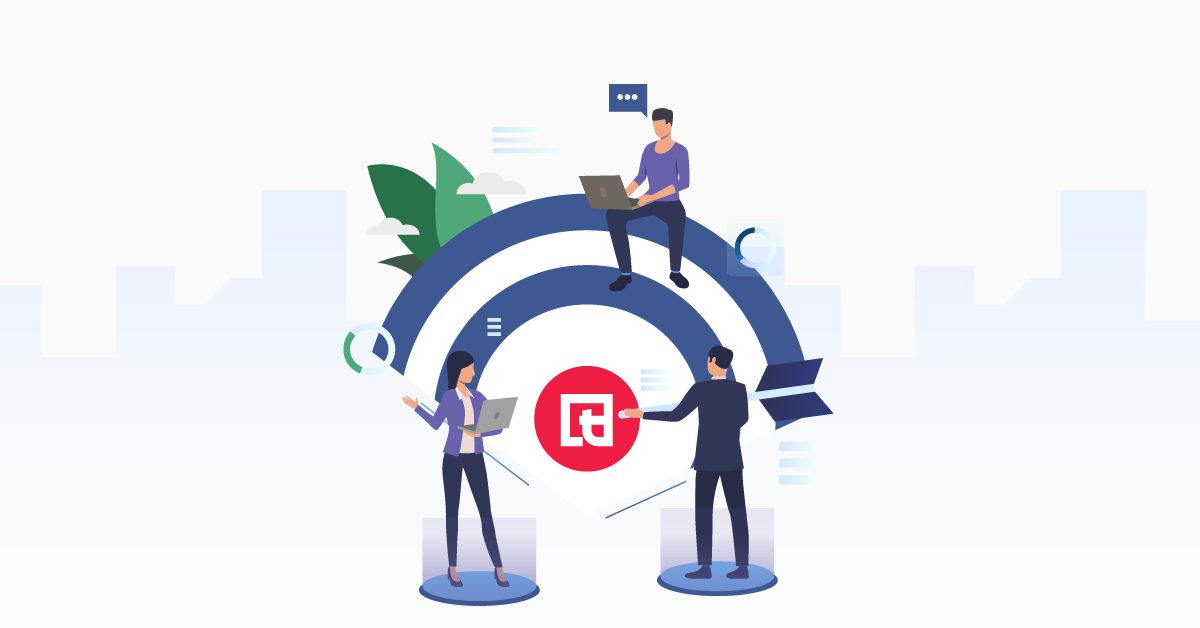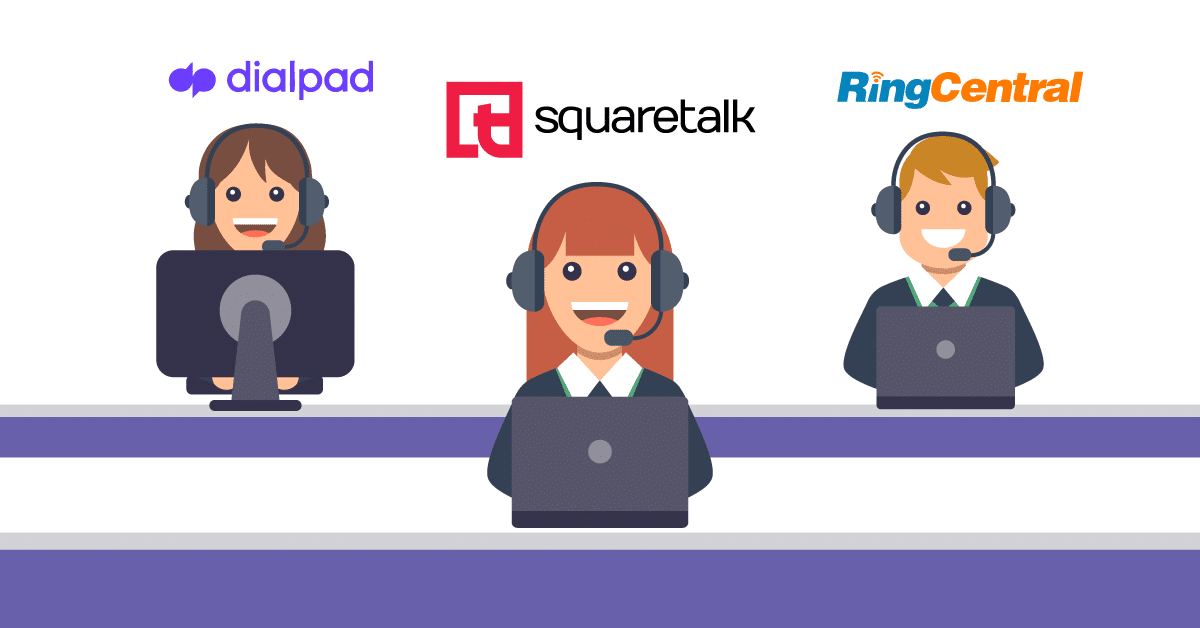In the ever-evolving realm of call centers, where customer satisfaction reigns supreme, every second counts. To thrive in this competitive landscape, call centers require a communication solution that can supercharge their operations, seamlessly handle diverse call volumes, and elevate customer experiences to new heights. Enter SIP, the unsung hero revolutionizing call center efficiency. Session Initiation Protocol (SIP) empowers call centers with a suite of cutting-edge features, opening the doors to unrivaled scalability, flexibility, and optimized workflows.
What is SIP?
Session Initiation Protocol (SIP) is an industry-standard protocol used to establish, modify, and terminate real-time communication sessions over IP networks. In the context of call centers, SIP enables the initiation and management of voice calls, video calls, and other multimedia sessions between call center agents and customers. It provides a powerful framework for handling inbound and outbound calls while offering various advanced features.

How Does SIP Calling Work?
To grasp the essence of SIP calling, it’s essential to understand the underlying mechanism that drives its functionality. When making a SIP call, a series of steps occur:
- User Agent Registration: Each device involved in the call, such as IP phones or softphones, registers with a SIP server to establish its online presence.
- Session Setup: The initiating device sends an INVITE message to the SIP server, indicating the intent to establish a session with the destination device.
- Call Routing: The SIP server processes the INVITE message and determines the location of the destination device, ensuring a successful connection.
- Session Establishment: Once the INVITE message reaches the destination device, it responds with a message indicating its availability to establish the session.
- Media Transfer: After both devices have established the session, media streams, including voice or video data, are exchanged directly between them.
SIP calling leverages the power of the internet to enable seamless communication across various devices and locations, providing flexibility, scalability, and cost savings for businesses of all sizes.

Key Benefits of SIP for Call Centers
Scalability and Flexibility
SIP allows call centers to scale their operations seamlessly. With SIP, call centers can easily add or remove agents, departments, or locations without disrupting the communication infrastructure. It simplifies the process of handling increased call volumes during peak periods and enables smooth expansion or restructuring of call center operations.
Multi-Channel Communication
Modern call centers handle more than just voice calls. SIP supports multi-channel communication, including voice, video, instant messaging, and presence information. By integrating different communication channels, call centers can provide customers with a choice of contact methods, enhancing customer satisfaction and enabling efficient issue resolution.
Intelligent Call Routing
As we already mentioned, SIP facilitates intelligent call routing, enabling call centers to optimize their call distribution. Based on predefined rules, SIP can route calls to the most appropriate agents or departments. Factors such as agent availability, skills, and customer preferences can be considered when routing calls, ensuring that customers are efficiently connected to the right resource.
Advanced Call Features
SIP offers a range of advanced call features that can significantly improve call center operations. These features include call forwarding, call transfer, call recording, interactive voice response (IVR), conferencing, and more. These capabilities streamline call handling processes, reduce agent workload, and enhance overall efficiency.
Integration with CRM Systems
SIP can seamlessly integrate with Customer Relationship Management (CRM) systems used in call centers. This integration enables agents to access relevant customer information in real-time, enhancing personalized interactions and enabling efficient call handling. Agents can view customer history, previous interactions, and customer preferences, providing a more personalized and effective customer experience.
Analytics and Reporting
SIP solutions often offer robust analytics and reporting capabilities. Call centers can leverage these features to gain insights into call volumes, agent performance, call duration, customer wait times, and other key metrics. By analyzing these data points, call centers can identify areas for improvement, optimize resource allocation, and enhance overall performance.
The Bottom Line
The Session Initiation Protocol (SIP) has emerged as a game-changer for call centers, enabling them to deliver exceptional customer service and enhance operational efficiency. With its scalability, multi-channel communication capabilities, intelligent call routing, advanced call features, CRM integration, and analytics, SIP empowers call centers to streamline their operations, improve agent productivity, and enhance the customer experience. By adopting SIP solutions, call centers can stay ahead of the competition and effectively meet the evolving demands of today’s dynamic customer service landscape.
FAQ
What is Session Initiation Protocol (SIP), and how does it function in call centers?
SIP is a signaling protocol used to set up, manage, and terminate real-time communications like voice and video calls over the internet. In call centers, SIP routes calls efficiently and connects different phone systems or software platforms, ensuring smooth VoIP communication.
How does SIP calling work within a call center environment?
When a call is placed, SIP coordinates the “handshake” between the caller’s device and the call center’s system. It establishes the session, manages any data (like caller ID), and ends the call when finished. SIP effectively replaces traditional phone lines with an internet-based approach.
What are the key benefits of implementing SIP in call centers?
SIP lowers costs (you don’t need separate phone lines for each call), scales easily as you add agents or numbers, and supports advanced features like video calls, virtual numbers, and integration with other communication channels.
What considerations should call centers keep in mind when transitioning to SIP-based systems?
Ensure your internet bandwidth can handle VoIP traffic, verify network security and compliance requirements, and choose reputable SIP trunk providers. Proper training and reliable hardware (headsets, routers) are also essential for a smooth switch.






